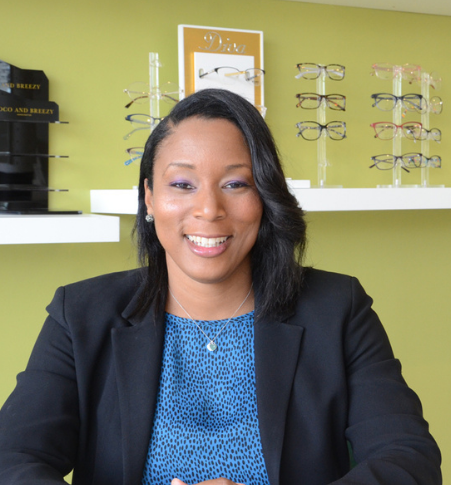Contact lenses can offer clearer vision without the hassle of glasses. They can be a convenient choice for active people or those who simply prefer how they look without glasses. If you have presbyopia, sometimes known as age-related farsightedness, you’re probably familiar with reading glasses. But multifocal contact lenses are another option.
Multifocal contact lenses rest directly on the surface of the eye and contain multiple “zones” to help the wearer see both far away and nearby objects. There are two main types of multifocal contact lenses: simultaneous vision designs and segmented multifocal designs.
If you’re experiencing symptoms of presbyopia, book a comprehensive eye exam.
Understanding Presbyopia
Presbyopia is a refractive error that affects how you see near objects. It typically affects adults aged 45 and over, and it’s considered a natural part of aging. Generally, presbyopia stabilizes around the age of 65.
A refractive error happens when the shape of the eye is abnormal, affecting the way light rays are focused on the retina. Your retina is a tissue located at the back of your eye; it contains light-sensitive cells called rods and cones, and it turns light into electrical signals for your brain.
In people with presbyopia, the eye’s lens loses its ability to focus light properly.
Symptoms of presbyopia can include:
- Difficulty seeing things up close
- Needing to hold reading materials at a farther distance
- Experiencing headaches and eye strain
Your optometrist can diagnose presbyopia at a routine eye exam. According to the American Optometric Association (AOA), adults ages 18 to 64 should receive an eye exam once every 2 years, while older adults ages 65 and over should visit their optometrist once a year. Some people may require more frequent exams if they’re at higher risk of eye conditions.
Regularly getting your eyes checked can help your optometrist monitor your eye health and catch eye diseases early, before symptoms become apparent.

How Multifocal Contact Lenses Work
Multifocal contact lenses are designed with different “zones” that contain different prescription powers. This allows the wearer to use both near and distance vision simultaneously.
Multifocal contact lenses are often an appropriate choice for people who have both myopia (nearsightedness) and presbyopia at the same time. However, vision with multifocal lenses can be less crisp than seeing with monovision lenses.
Types of Multifocal Contact Lenses
There are two main types of multifocal lenses: simultaneous vision designs and segmented multifocal designs.
Simultaneous vision design contact lenses include:
- Concentric multifocal contact lenses: In this design, the center of the lens is typically calibrated for distance vision. This is known as center-distance design due to the fact that concentric circles of near and distant prescription powers radiate out from the center. Alternatively, there are also concentric multifocal contact lenses with the center calibrated for near vision. This is called center-near design.
- Aspheric multifocal contact lenses: This design is similar in principle to progressive lenses. Prescription powers gradually go from near to distance power or from distance to near power as you radiate out from the center of the lens.
The other type of multifocal contact lens is the segmented multifocal design. This design is similar to bifocals and trifocals. The upper part of the lens is designed for distance vision, while the lower part of the lens is designed for near vision.
Other Ways to Treat Presbyopia
Contact lenses can be a convenient choice for many people, but they also require disciplined care and cleaning, and not everyone enjoys wearing contact lenses. If you have presbyopia, there are other treatment options available. These include:
- Lifestyle changes: A few changes can help relieve symptoms of presbyopia, especially if they’re mild. These include getting into the habit of holding reading materials farther away, adjusting your lighting, choosing versions of books with large print, or increasing the font size on your devices.
- Reading glasses: These types of eyeglasses are worn when you need to see things up close and removed when you need to see things at a distance. You can buy reading glasses at pharmacies over the counter, but visit your optometrist first to get an accurate prescription power.
- Monovision contact lenses: This is when you correct one eye for distance vision and the other eye for near vision. Monovision contact lenses can take practice for your brain to get used to, but they may offer crisper vision than multifocal lenses. However, speed perception and distance perception may be affected.
Multifocal Contact Lenses in Jacksonville & Orange Park
If you’re experiencing symptoms of presbyopia, the first step is to visit your optometrist for an eye exam. Our optometrists at River City Vision Center would be happy to discuss treatment options for you, whether it’s multifocal contact lenses or another treatment that better suits your needs. Whether you have a specific issue on your mind or are due for your next routine eye exam, we have locations in Jacksonville and Orange Park to serve you. Contact us and book an appointment today.





